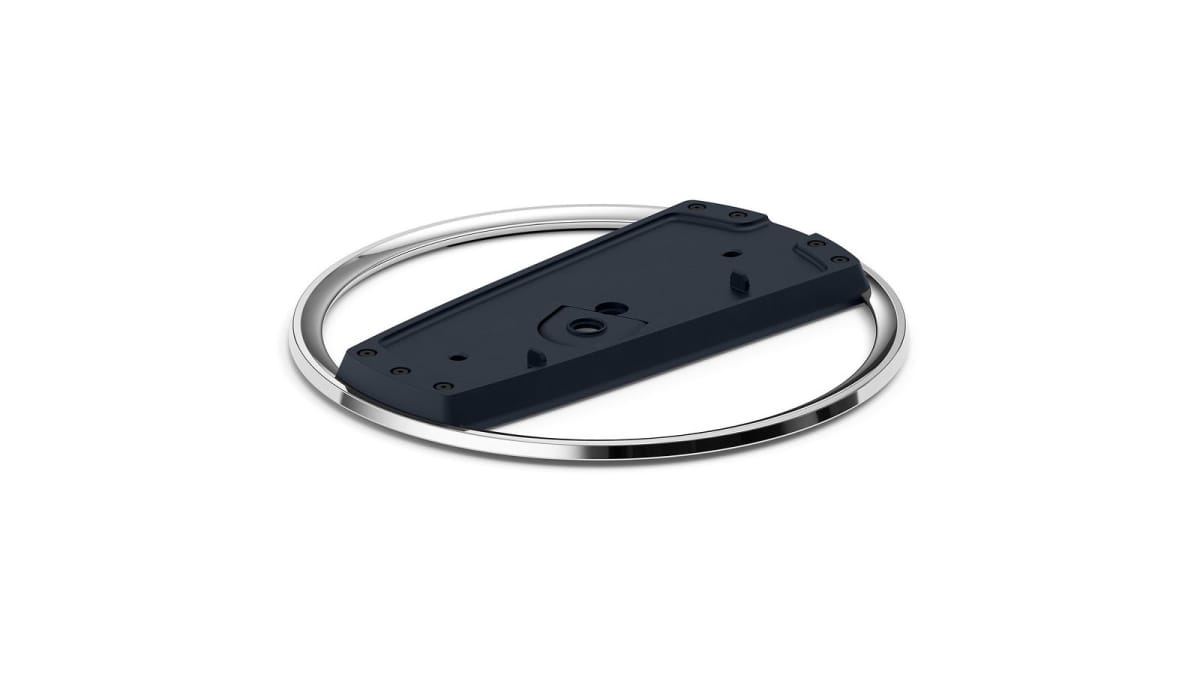Today's announcement of a $50 price hike for the new slimmed-down PS5 Digital Edition in the United States is certainly emblematic of the situation of the market.
Usually, redesigns changing a console's form factor come hand-in-hand with manufacturing cost reductions. As a matter of fact, reducing manufacturing costs has been historically the main driver behind such changes.
This means that console manufacturers improve their margins (and as such their income, or at least reduce their losses) by gradually reducing the cost they incur to get every unit on the market.
Yet, today we witnessed an actual $50 increase for the most affordable PS5 model in the world's most important regional market.
Not only is Sony most likely reducing its production costs, but it's also asking more money for each console sold, neatly hitting both sides of the income equation.
On top of that, the previously included universal stand is getting replaced by one that works only if the console is horizontal. If you want to set your brand-new slim PS5 vertically, you need to spend an additional $29.99.

I'm sure that some will argue that the ability to add an optional disc drive justifies the $50 hike for the console, but are we really going to justify a price hike with the option to give Sony even more money?
Consoles are usually built modular. It would be incredibly naive to think that the standard edition is anything more than a digital edition with a preassembled disk drive in the box.
The ability to attach and detach the drive is very likely extremely inexpensive on the manufacturing side, otherwise, Sony would have never implemented it in a market that is veering more and more toward digital-only.
Just to give you an idea of the proportion, Sony's digital software revenue in the past fiscal year was 661 billion yen, while the revenue for physical software was 193.5 billion yen.
The additional flexibility is a cool novelty that some may take advantage of, but it's far from a justification for a $50 price hike. We're probably talking about pennies on the production side of the equation and sizable savings in making both editions structurally identical.

Ultimately, the pricing decisions announced today are very far from what we could define as customer-friendly. Sony is likely cashing in a neat reduction in manufacturing costs, and on top of that, it's also placing additional weight on the customers' wallets, and in this economy, that's particularly unwelcome.
The reason why they can afford to do so is very simple: PlayStation has been enjoying uncontested domination of its market segment against its most direct rival for quite some time, and there's no indication that this will change.
I wouldn't go as far as talking about a monopoly, as we're not quite there and the Switch is still a factor. Yet, its extremely dominant position is allowing Sony to enact potentially unpopular initiatives and come out on the other side unscathed.
An earlier example of such a position was the initial price of the PS3, which was the result of the PS2's market domination.
Today's PS5-dominated market generates a similar situation, albeit the results are probably going to be different as a misstep like the PS3's pricing is of a much bigger magnitude. Sony knows this, and it has no incentive to push itself too much to gain more customer goodwill. Companies in a dominant position simply aren't as hungry as they would be in a balanced market.
On top of that, dominance tends to be affected by a sort of inertia, basically feeding itself. The more a brand is dominant in a market, the easier time it has to maintain or even increase its dominance.

This is the real reason why dominant brands can afford somewhat unpopular moves. It takes really, really unpopular decisions to counter the effect of that inertia. The PS3's pricing is a good example, combined with other factors like a launch after the competition, and more.
On the other hand, it's unlikely that the pricing decisions announced today will have such a large effect on the PS5's momentum, which is why Sony will probably get away with it. It may even manage to hit its ambitious fiscal year unit targets.
Is there a solution to this issue? That's hard to say, and probably unlikely. Customers aren't going to suddenly go buy competing consoles to purposely weaken PlayStation's market dominance.
It's very likely that, at least for the foreseeable future, we're stuck in this situation. Yet, It's a relevant cautionary tale. When you want your favorite console brand to absolutely crush its competition, you should be careful what you wish for.
Historically, a Hungry PlayStation is a better, more pro-customer PlayStation, and today's PlayStation is extremely well-fed.
Have a tip, or want to point out something we missed? Leave a Comment or e-mail us at tips@techraptor.net













